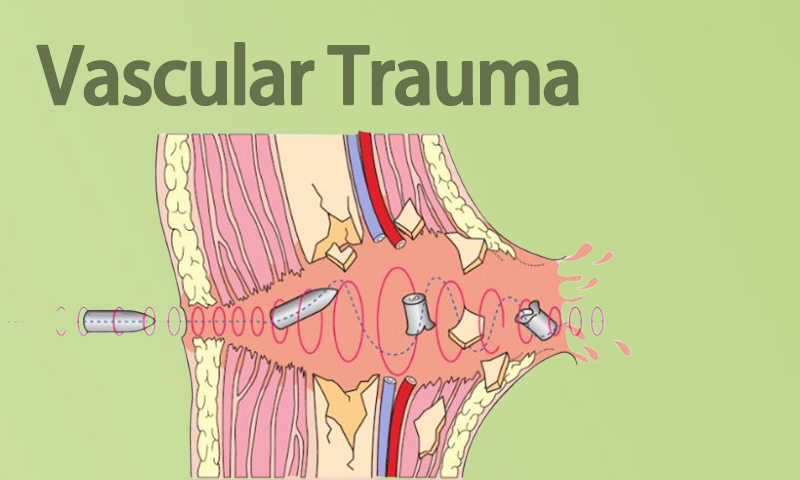Contact Us
Phone
+91 9654080222
contact@drdeependra.com
Location
Conexus Medical Centre
3rd Floor,
Raja Ram Kumar Plaza,
Hazratganj,
Lucknow
Latest Blogs
What is vascular trauma?

Why is it Dangerous?
What are the symptoms and signs of Vascular Injury?
What is the treatment?
Treating vascular injuries will vary depending on the type and intensity of the injury. Endovascular treatment by embolization or injections is usually used, although they do not always cure the issue. Other techniques include endoprosthesis, which allows the vessel’s lumen to be kept open and avoid hemorrhage. These are quite commonly used for thoracic aortic ruptures or supra-aortic vessel injuries, as well as in high-risk patients with concomitant limb injuries. For patients who need an open surgical approach, there are many vascular reconstruction techniques: direct vascular suture, thrombectomy, and vascular plasty, bypass with vein or prosthesis, and vessel ligation.


